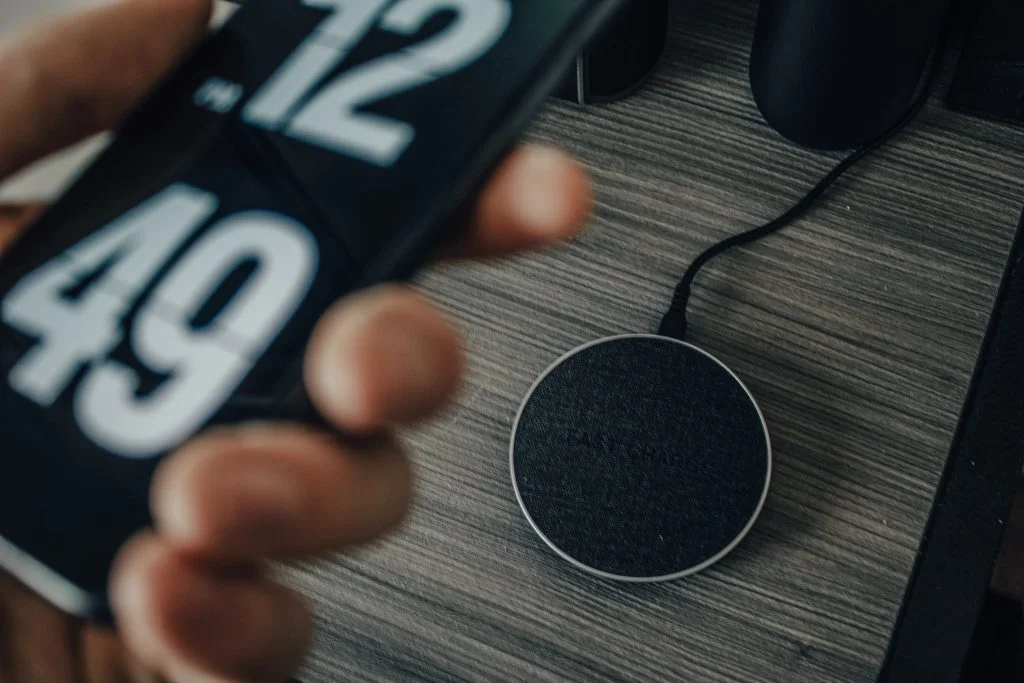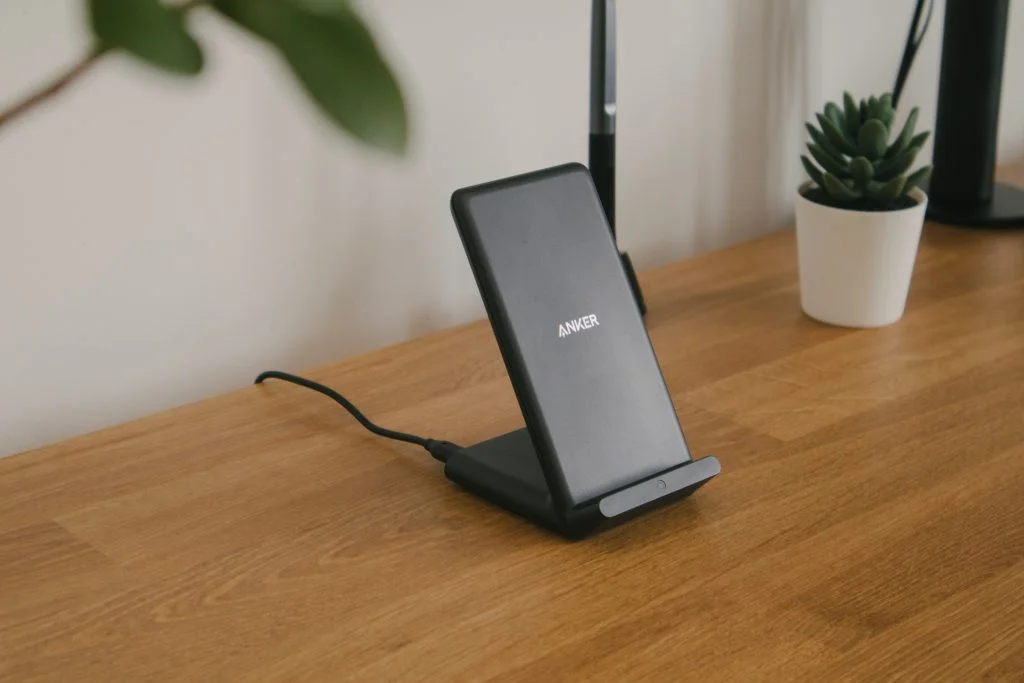Today’s smartphones must include fast charging as a standard feature. It replenishes our batteries throughout a hectic day and gets us back to work in no time. However, there are many different standards from various businesses, and connections and chargers can affect how quickly batteries charge. We’re here to help you make use of it because it can all be a little complicated.
If you’ve never heard of fast charge, the concept is to supply the battery with more power than the connector’s somewhat meager 2.5W over a USB connection. This explains why it takes your smartphone numerous hours to charge when using a USB connector.
Old USB-A ports that lack rapid charging capability might be excruciatingly sluggish. There are no promises, however, USB-C ports may be up to 15W faster by default.
The power consumption of today’s fast-charging smartphones ranges from 18 to 65W, with charge durations of 30 to over an hour. Apparently, 120W amazingly charging phones are available, but they are undoubtedly the exception. These days, fast charging isn’t simply cable charging. Also joining the fray is wireless charging.
Stay with us to learn how this technology functions and how all the widely used fast-charging standards compare.
How is a battery quickly charged?
Let’s go over some battery charging fundamentals before delving into rapid charging standards. Batteries have a defined operating voltage and a certain input and output current limit, much like all other electrical equipment.
More of both results in greater power and, thus, quicker charging. However, in order to recharge batteries properly, extremely precise operating guidelines, particularly with regard to voltage, must be observed.

Throwing much more current and voltage onto a battery can not necessarily result in a battery being fast-charged. Rather, the charging of a battery is divided into two separate phases: constant current & constant voltage.
By injecting as much power as possible into batteries before they attain their maximum voltage, fast-charging solutions take advantage of the constant current phase. Fast charging solutions, therefore, work best while your battery is under 50% full but start to have less of an influence on charge duration once the battery is beyond 80%.
Interestingly, the battery’s long-term health is least negatively impacted by steady current charging. Heat and higher constant voltage are more harmful to battery life.
Manufacturers may speed up charging times by employing a variety of methods to boost the current handling capacity of their batteries. For instance, more costly batteries could use novel materials that can resist greater currents and temperatures as well as a higher C-rate.
Batteries having multiple anode & cathode tabs can enhance current while reducing internal resistance. Dual-cell batteries appear to charge more quickly by splitting the electricity between two batteries in parallel.
Voltage & current monitoring, as well as algorithm optimization, are now required for battery charge time optimization. This information, together with the temperature, may be used by smart chargers to optimize power flow to a device, like your smartphone. The rapid charging criteria listed below come into play during this power negotiation.
Overview of fast charging standards
Let’s examine the many standards used in phones and other devices now that we understand how rapid charging functions.
Power Delivery through USB
The official rapid charging standard, known as USB Power Delivering (USB PD), was released by the USB-IF in 2012. The most widely used charging protocol in the smartphone market since 2020 is USB PD. The majority of phones currently support USB PD through their USB-C connector, even though many still include speedier proprietary standards.
Similar to other rapid charging protocols, USB PD uses an information protocol to connect with the phone’s charger. With this, the maximum allowable power output both for the charger and the smartphone is negotiated.
When charging using USB PD, smartphones generally consume 18–25W of electricity. The bi-directional power feature of the standard also enables your smartphone to charge other accessories. The iPhone 12 & Google Pixel 5 are two examples of smartphones that support USB PD.
The most recent USB PD standard also contains the USB PD PPS version, which is an optional Programmable Power Supply. With the addition of more adjustable voltage management in 20mV increments, it is now significantly more practical for optimum rapid charging. One phone that uses USB PD PPS for quick charging is Samsung’s Galaxy S21 series.
Snapdragon Quick Charge
Due to the expansion of both proprietary & USB PD standards, Qualcomm’s Quick Charging may not be as well-known in the phone charging market as it once was. However, it is currently in its fifth iteration and is supported regularly on a number of devices.

All prior Quick Charge iterations and USB PD are backwards compatible with the most recent Quick Charge 5, as well. Additionally, it complies well with USB PD specifications and can supply up to 100W of energy to devices with higher power requirements.
The previous generations generally provided 18W & 27W of electricity to compatible devices, which is a significant increase in power.
With increasing operational voltages up to 20V and currents ranging from 3A to 5A, Quick Charge 5 is quite similar to USB PD PPS’s quick charging capabilities. Qualcomm adds charger identification capabilities, voltage, current, & thermal protection protocols to its standard. It is intended to be even better than the USB PD standard, according to Qualcomm.
Additional widespread proprietary standards
Many other businesses have created their own fast-charging criteria throughout the years. Many of these technologies date back to the heyday of USB-A connectors. However, with the development of USB PD and the switch to USB-C, some are now essentially outdated.
Some, however, are still in use because they are well supported by older technology or because they are quicker than what is available with more widely adopted standards.
For instance, the Apple 2.4A standard adds 2.4A current capability to ordinary USB-A ports rather than the minimal 0.5A. These features enable older iPhones and a variety of other devices to charge using older connectors.
A related legacy standard called Samsung Adapted Fast Charge was created for earlier Samsung Galaxy phones and is also supported in current generation devices. This has a maximum power output of 15W, which is significantly less than more recent fast-charging technologies.
Conclusion
The smartphone industry in 2021 is now settling on a limited number of standards for quick wired and wireless charging, compared to only a few years ago. The de facto method for charging smartphones via wired networks in both the Android & iOS ecosystems is USB Power Delivery (PD).
Additionally flourishing in the laptop industry is USB PD. The long-promised charging protocol for all of your devices is already bearing fruit. Although customers now face a new level of uncertainty as a result of the implementation of USB PD PSS. In a similar vein, companies have converged on Qi as the de facto industry standard for wireless charging.